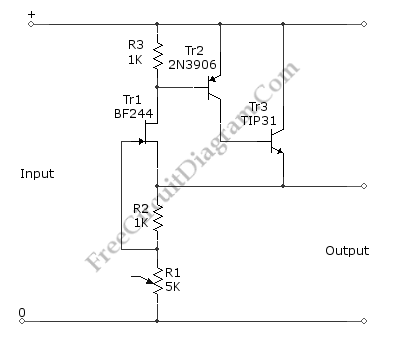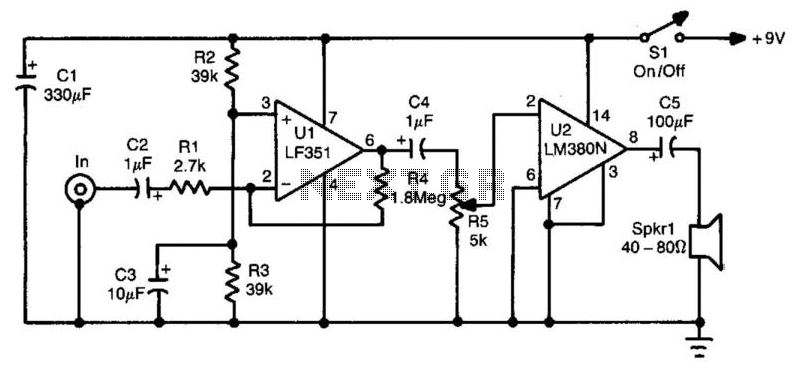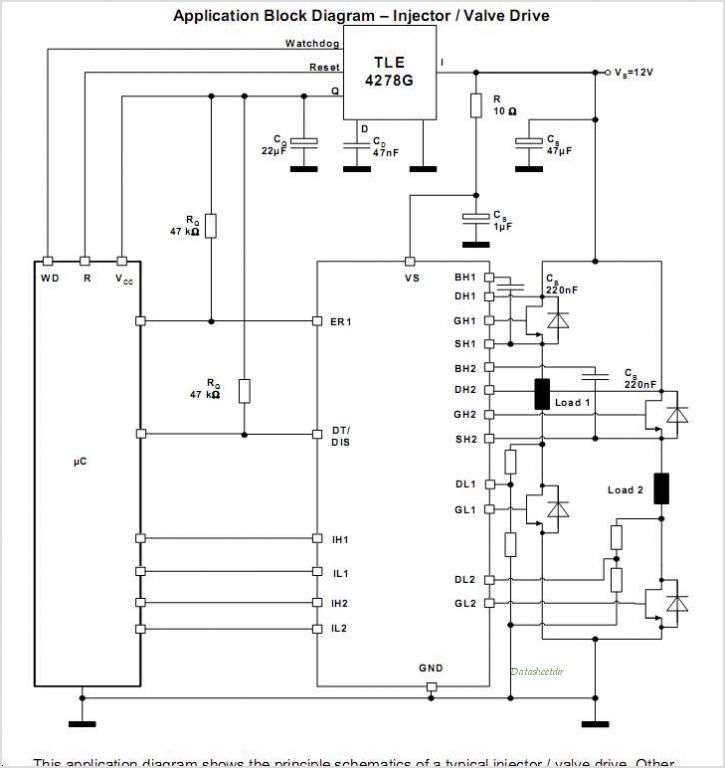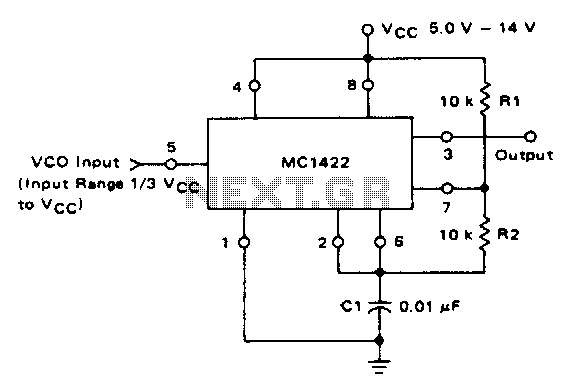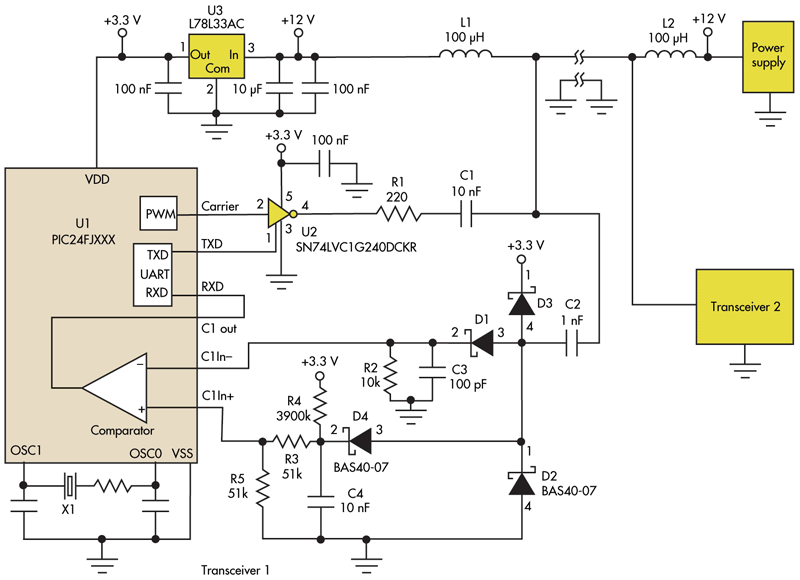
instrumentation amplifier How to Read Wheatstone Bridge negative voltage with Arduino
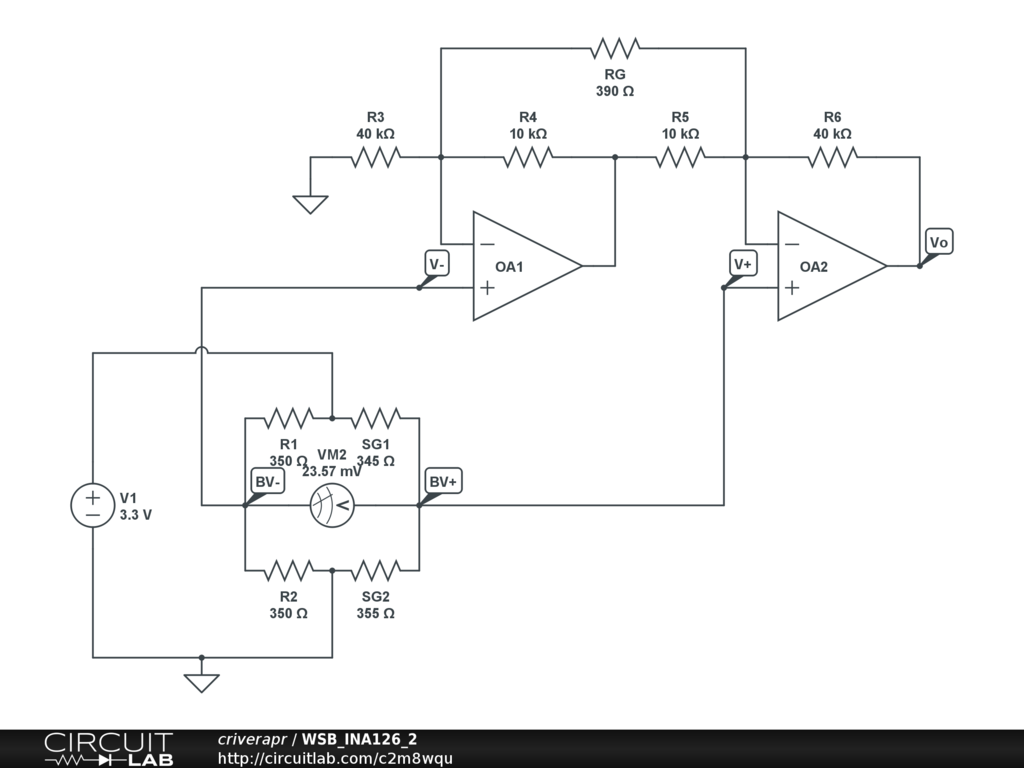
A half-bridge setup is utilized with strain gauges and an INA126 to amplify the voltage. The voltage can be read accurately when the lever is bent in one direction; however, no reading is obtained when the lever is bent in the opposite direction. This issue is likely due to the voltage becoming negative. It is questioned whether a method exists to read the voltage when the lever is bent in either direction or if an additional half-bridge would be necessary to achieve this.
The described circuit employs a half-bridge configuration with strain gauges, which are sensitive to deformation and can detect changes in resistance when the lever is bent. The INA126 instrumentation amplifier is used to amplify the small voltage changes produced by the strain gauges. This amplifier is particularly suited for applications requiring high input impedance and low noise, making it ideal for processing signals from strain gauges.
When the lever is bent in one direction, the resistance of one strain gauge increases while the other decreases, resulting in a measurable differential voltage that the INA126 can amplify. However, when the lever is bent in the opposite direction, the output voltage may become negative, which is not suitable for the current reading setup.
To enable readings in both directions, one solution is to implement a full-bridge configuration instead of a half-bridge. A full-bridge setup utilizes four strain gauges, arranged in a way that allows for differential measurements regardless of the bending direction. This configuration ensures that the output voltage remains positive or can be adjusted to a suitable range for amplification and reading.
Another approach could involve adding a level-shifting circuit or a bipolar power supply to the existing half-bridge setup. This would allow the output voltage to be shifted into a positive range, enabling the INA126 to read both positive and negative voltages.
In summary, while the current half-bridge configuration provides accurate readings in one direction, modifications such as transitioning to a full-bridge setup or implementing a level-shifting circuit would enable measurements in both bending directions. These adjustments would enhance the versatility and functionality of the strain gauge system.A half bridge setup with strain gages and a INA126 to amplify the voltage. I can read the voltage fine when the lever is bent one way, but when beding the lever in the opposite direction I don`t get any reading. I`m guessing it`s because the voltage is negative. Is there a way to read the voltage when the lever is bent in either direction or would I have to make another half bridge to accomplish this
🔗 External reference
The described circuit employs a half-bridge configuration with strain gauges, which are sensitive to deformation and can detect changes in resistance when the lever is bent. The INA126 instrumentation amplifier is used to amplify the small voltage changes produced by the strain gauges. This amplifier is particularly suited for applications requiring high input impedance and low noise, making it ideal for processing signals from strain gauges.
When the lever is bent in one direction, the resistance of one strain gauge increases while the other decreases, resulting in a measurable differential voltage that the INA126 can amplify. However, when the lever is bent in the opposite direction, the output voltage may become negative, which is not suitable for the current reading setup.
To enable readings in both directions, one solution is to implement a full-bridge configuration instead of a half-bridge. A full-bridge setup utilizes four strain gauges, arranged in a way that allows for differential measurements regardless of the bending direction. This configuration ensures that the output voltage remains positive or can be adjusted to a suitable range for amplification and reading.
Another approach could involve adding a level-shifting circuit or a bipolar power supply to the existing half-bridge setup. This would allow the output voltage to be shifted into a positive range, enabling the INA126 to read both positive and negative voltages.
In summary, while the current half-bridge configuration provides accurate readings in one direction, modifications such as transitioning to a full-bridge setup or implementing a level-shifting circuit would enable measurements in both bending directions. These adjustments would enhance the versatility and functionality of the strain gauge system.A half bridge setup with strain gages and a INA126 to amplify the voltage. I can read the voltage fine when the lever is bent one way, but when beding the lever in the opposite direction I don`t get any reading. I`m guessing it`s because the voltage is negative. Is there a way to read the voltage when the lever is bent in either direction or would I have to make another half bridge to accomplish this
🔗 External reference
